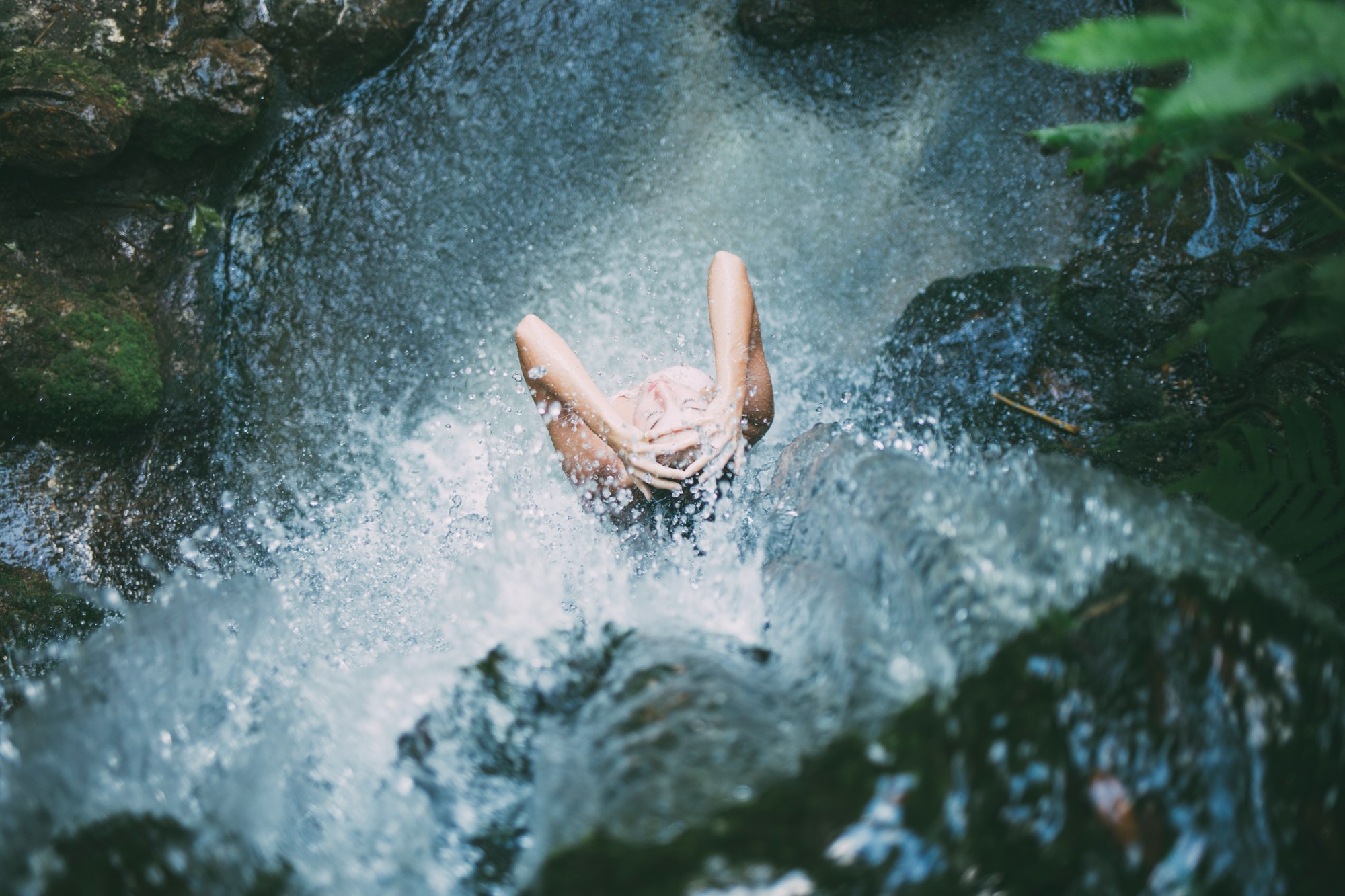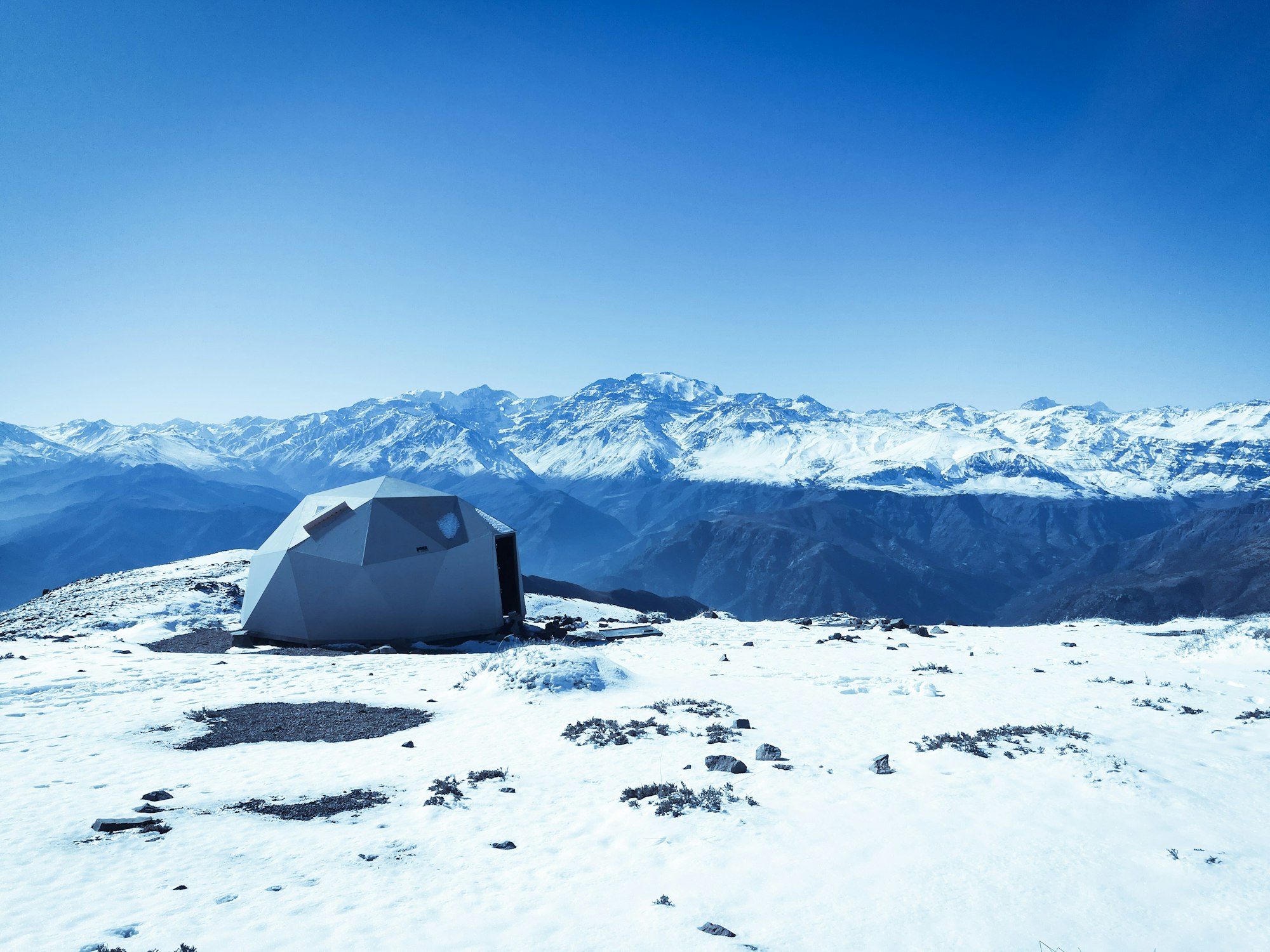A Quick Read on Microspikes vs Crampons vs Snow Shoes: Which is Right for You?
Trying to figure out whether to buy microspikes, crampons, or snowshoes? In this article, we'll help you make that decision by breaking down the key differences between each type of gear. By the end, you'll know exactly which one is right for your next winter hike or mountaineering expedition.
Are you planning a winter hike and wondering what type of footwear and traction device will best suit your needs? Whether you're hitting the trails for a short hike on packed snow or embarking on a longer expedition through steep, icy terrain, it's important to have the right gear to ensure a safe and enjoyable experience.
In this article, we'll be comparing and contrasting microspikes, crampons, and snowshoes to help you decide which is the best fit for you. From the design and functionality to the pros and cons of each, we'll cover all the important details to help you make an informed decision before hitting the trails.
So, let's gear up and hit the snowy trails with confidence!
The importance of Proper Footwear when Hiking in the Snow
Hiking in the snow can be a truly magical experience, but it's important to remember that it also comes with its own set of hazards. One of the most crucial ways to ensure a safe and enjoyable hike is by having the proper footwear.
The right shoes or boots can make all the difference in maintaining stability, preventing slips and falls, and providing adequate insulation for your feet in cold temperatures.
Furthermore, if you choose to hike in areas with ice and packed snow, it's essential to invest in additional traction devices like microspikes, crampons, or snowshoes to provide extra grip and avoid slips and falls.
So before you lace up your hiking boots and hit the trail, make sure you have the proper footwear to keep your feet warm, dry, and secure.
Also, check out our article on the Best Mechanical Broadheads
The differences in design and functionality between microspikes, crampons, and snowshoes
When it comes to choosing the right traction device for your winter hike, it's important to understand the differences in design and functionality between microspikes, crampons, and snowshoes.
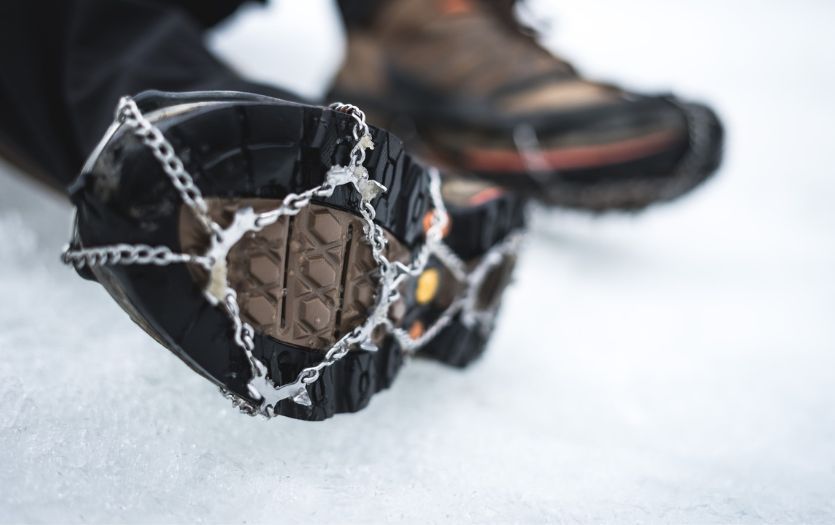
Microspikes
Microspikes are small traction devices that can be attached to your shoes or boots and are ideal for short hikes on packed snow or ice. They provide excellent grip and are relatively easy to put on and take off. Microspikes are usually made of stainless steel and usually have 12 spikes per foot.
However, they offer little protection from falls and should not be used on steep terrain. They provide less traction than other options and can be less effective in very icy conditions.
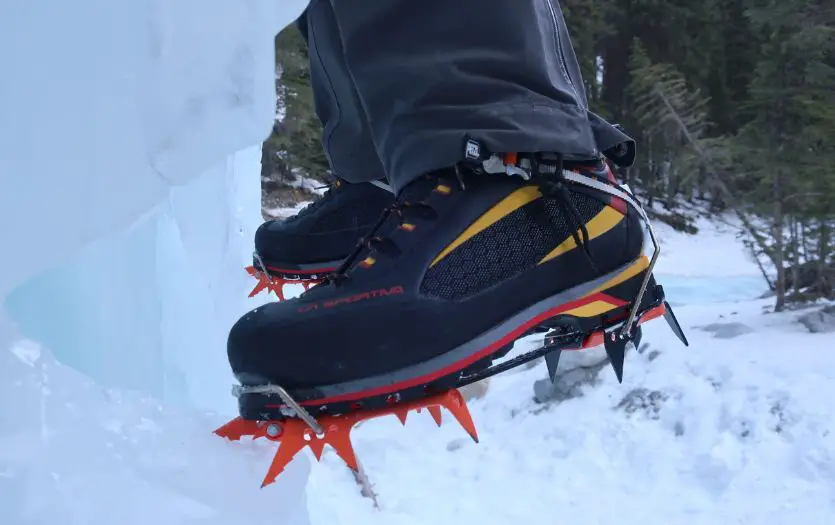
Crampons
Crampons are larger than microspikes and cover more of your shoe or boot. They attach securely to your footwear and provide great traction and stability, making them ideal for use on steep or uneven terrain. Crampons are also made of stainless steel, but they have between 18 and 30 spikes per foot.
They're a good choice for longer hikes or mountaineering expeditions where ice is likely to be a factor. However, they can be difficult to put on and take off, and they offer less grip on packed snow or ice than microspikes.
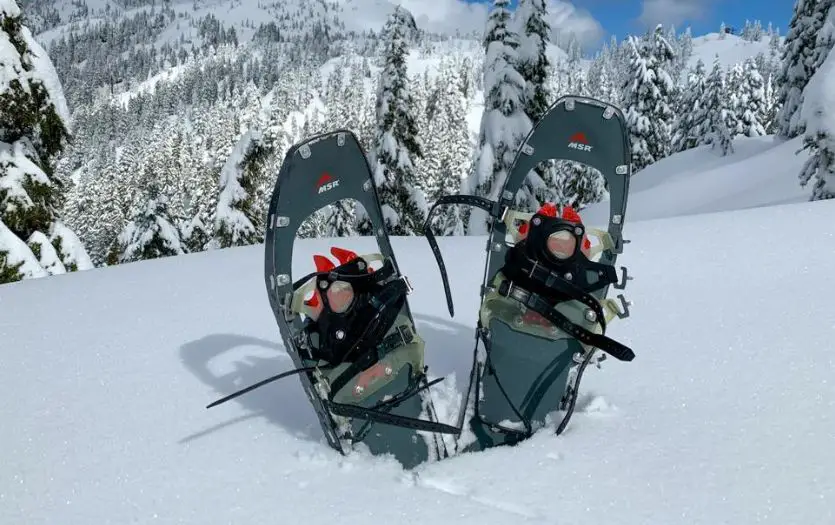
Snow Shoes
Snowshoes are made of aluminum and plastic and usually have steel teeth on the bottom. Snowshoes distribute your weight over a large area, which helps prevent you from sinking into deep snow.
They're ideal for hikes through deep powdery snow but aren't as good on icy trails. However, they are bulky and can be difficult to maneuver in tight spaces.
If your loved ones adore the great outdoors and find comfort in snuggly items, check out our article on frog squishmallows for the perfect present!
Final Words
Choosing the right footwear and traction device for your winter hike is essential to ensuring a safe and enjoyable experience. The type of snow and terrain you'll be traversing will determine the best option for you.
If you're planning a short hike on packed snow or ice, microspikes are a great choice. They're easy to put on and take off, provide excellent grip, and are perfect for flatter terrain.
On the other hand, if you're planning a longer hike or mountaineering expedition where you'll be traversing steep or uneven terrain, crampons are a better option. They offer more protection and stability and are made to handle icy conditions better. And if you're hiking through the deep powdery snow, snowshoes are the best choice for distributing your weight and preventing you from sinking.
Keep in mind, it's always better to be over-prepared than under-prepared, if in doubt about what the conditions might be on your hike, better to rent or bring all the necessary equipment to ensure a safe hike. But whatever you choose, make sure you are familiar with how to put them on and take them off before heading out on your hike!
And if you are looking for a reliable pair of microspikes, check out our article on the best microspikes for winter hikes. Our top picks will keep you stable, no matter the conditions of your trails.

Some of our other articles related to shoes and boots that you might like:
Also, check out some of our other quick reads:
